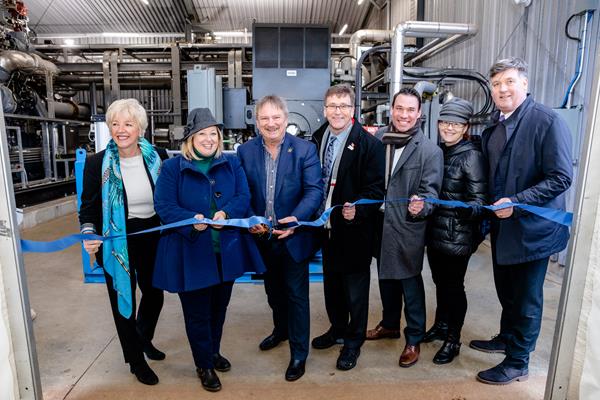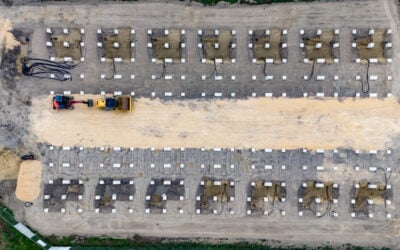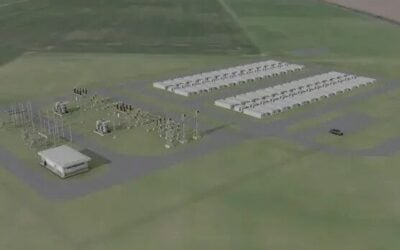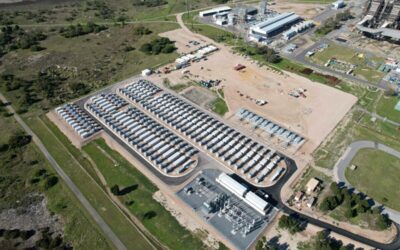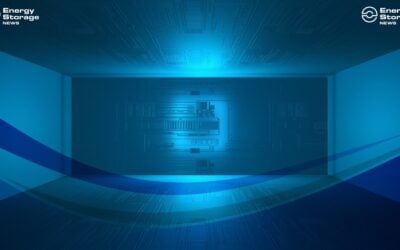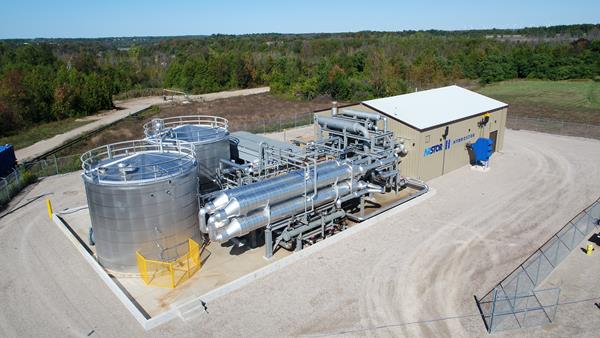
Developer NRStor and technology provider Hydrostor have completed work on a multi-megawatt, commercial, advanced compressed air energy storage (A-CAES) system in Canada.
The project at Goderich, Ontario, has been under joint development by the pair since 2017. In a release sent out yesterday, Hydrostor described the plant as a “pivotal advancement on long-duration storage technology” as well as representing the world’s first “successful commercialisation of fuel-free adiabatic CAES technology”.
Associate Minister of Energy for Ontario, Bill Walker, and the province’s Minister of Government and Consumer Services, Lisa Thompson, were among attendees at a ribbon-cutting ceremony held a few days ago.
The plant will play into a number of energy market opportunities and potentially provide multiple services that include peaking capacity and ancillary services for the Ontario Independent Electricity System Operator (IESO), for which the CAES project is contracted, as well as “full participation in the merchant electricity market,” Hydrostor said.
Try Premium for just $1
- Full premium access for the first month at only $1
- Converts to an annual rate after 30 days unless cancelled
- Cancel anytime during the trial period
Premium Benefits
- Expert industry analysis and interviews
- Digital access to PV Tech Power journal
- Exclusive event discounts
Or get the full Premium subscription right away
Or continue reading this article for free
“NRStor and Hydrostor’s Compressed Air Energy Storage project is a great example of the innovation we’re seeing in this province, and will help us further understand how these unique resources can best integrate with Ontario’s market and system operations, and drive down costs for consumers,” Ontario IESO president and CEO Peter Gregg, said.
“New technologies are changing the way we keep the lights on for Ontarians.”
As detailed by Energy-Storage.news on announcement of the project two years ago, depleted underground salt caverns are pumped full of compressed air, the salt naturally sealing cracks in the cavern’s walls. The project is 1.75MW peak power output rating, has a 2.2MW charge rating and 10MWh+ of storage capacity. Hydrostor also touted the fact that it is the first A-CAES project to meet IESO interconnection standards.
While the requirement for appropriate site location may be a challenge, Hydrostor argues that its technology, which converts electricity into compressed air, goes a step further and also removes the heat generated by the compression process and stores that as energy to be used later. Therefore A-CAES is considered to increase the round-trip efficiency of storing energy as compressed air. A couple of months ago, Hydrostor received approval for its first Australia project after time spent scoping out potential sites and customers.
“This facility serves as an important proof point for A-CAES on the global stage, enabling the build-out of Hydrostor’s full-scale project pipeline in Canada, the USA, Chile, Australia and other markets,” Hydrostor CEO Curtis VanWelleghem said.
Developer NRStor has executed energy storage projects using a number of different technologies including lithium batteries and recently announced a 300MW project pipeline with engineering company Honeywell. Company CEO and chair Annette Verschuren said that the Goderich A-CAES project is “the first fuel-free commercial facility of its kind in the world”.
